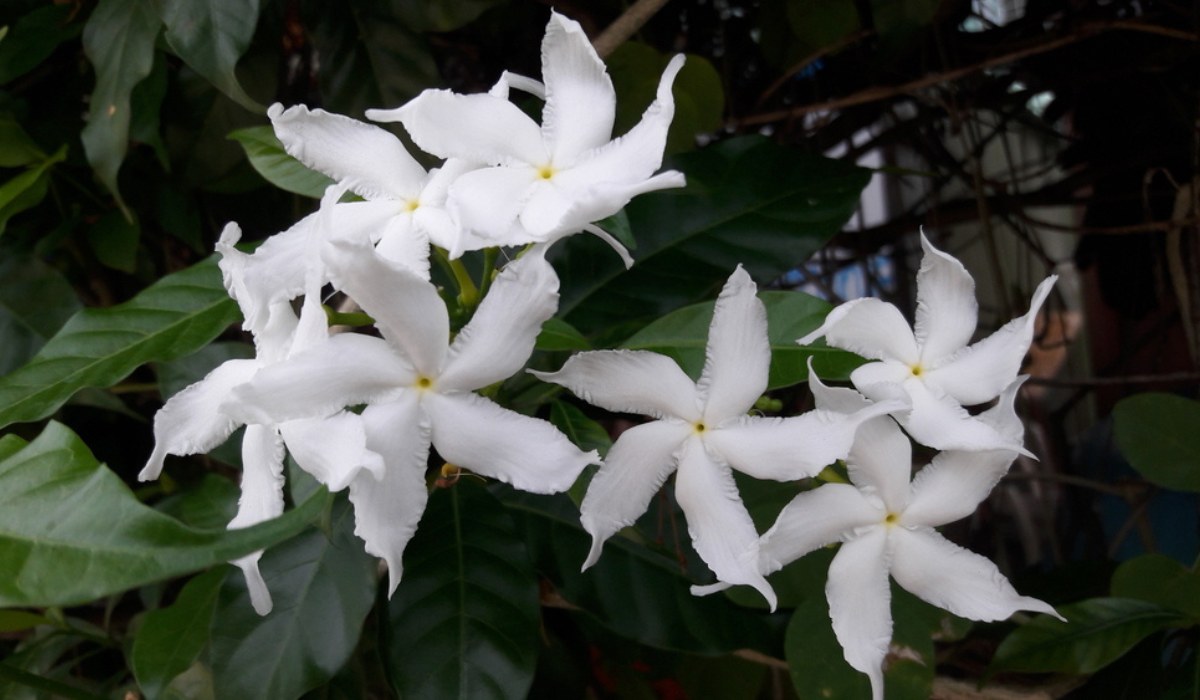Tabernaemontana divaricata L.
Tabernaemontana divaricata is native to Southeast Asia, particularly in regions like India, Sri Lanka, and Southeast Asia. It thrives in tropical and subtropical climates, and is commonly found in gardens, roadsides, and as ornamental plants in tropical and subtropical regions worldwide. It is known for its fragrant flowers, which are widely used in religious and cultural contexts, while also being appreciated for its potential therapeutic properties.
________________________________________
• Family: Apocynaceae (Dogbane family)
________________________________________
Common Names:
• Malayalam: Nandiya-vartham, Vazhurathipoo, Nerinjil
• Tamil: Nandiar vattai, Nerunjil, Vasumathi
• English: Crape Jasmine, Pinwheel flower, Jasmine Oleander
________________________________________
Synonyms:
• Tabernaemontana coronaria (L.) Willd.
• Tabernaemontana divaricata var. divaricata
• Tabernaemontana alternifolia L.
• Ervatamia divaricata (L.) J. Hallier
________________________________________
Uses:
1. Medicinal Uses:
o Traditional Medicine: The plant is widely used in traditional medicine. The flowers, leaves, and roots are used for treating fever, cough, and inflammation.
o Anti-inflammatory: The root extract is applied to reduce swelling and inflammation.
o Antimalarial: Used as a remedy for malaria in some cultures.
o Anti-bacterial and Anti-fungal: The plant has shown antimicrobial activity in various studies, with the bark being useful for treating wounds and ulcers.
o Sedative Effects: The flowers are believed to have mild sedative properties and are used to calm nerves.
2. Aesthetic Uses:
o Ornamental Plant: The plant is widely grown for its attractive, fragrant white flowers. It is used in gardens and as a decorative shrub in landscaping.
o Flower Arrangements: The beautiful white flowers are used in various cultural and religious ceremonies, including offerings in temples and to gods.
3. Toxicity: Parts of the plant, especially the roots, are toxic if ingested. Caution is advised when handling or using the plant for medicinal purposes.

